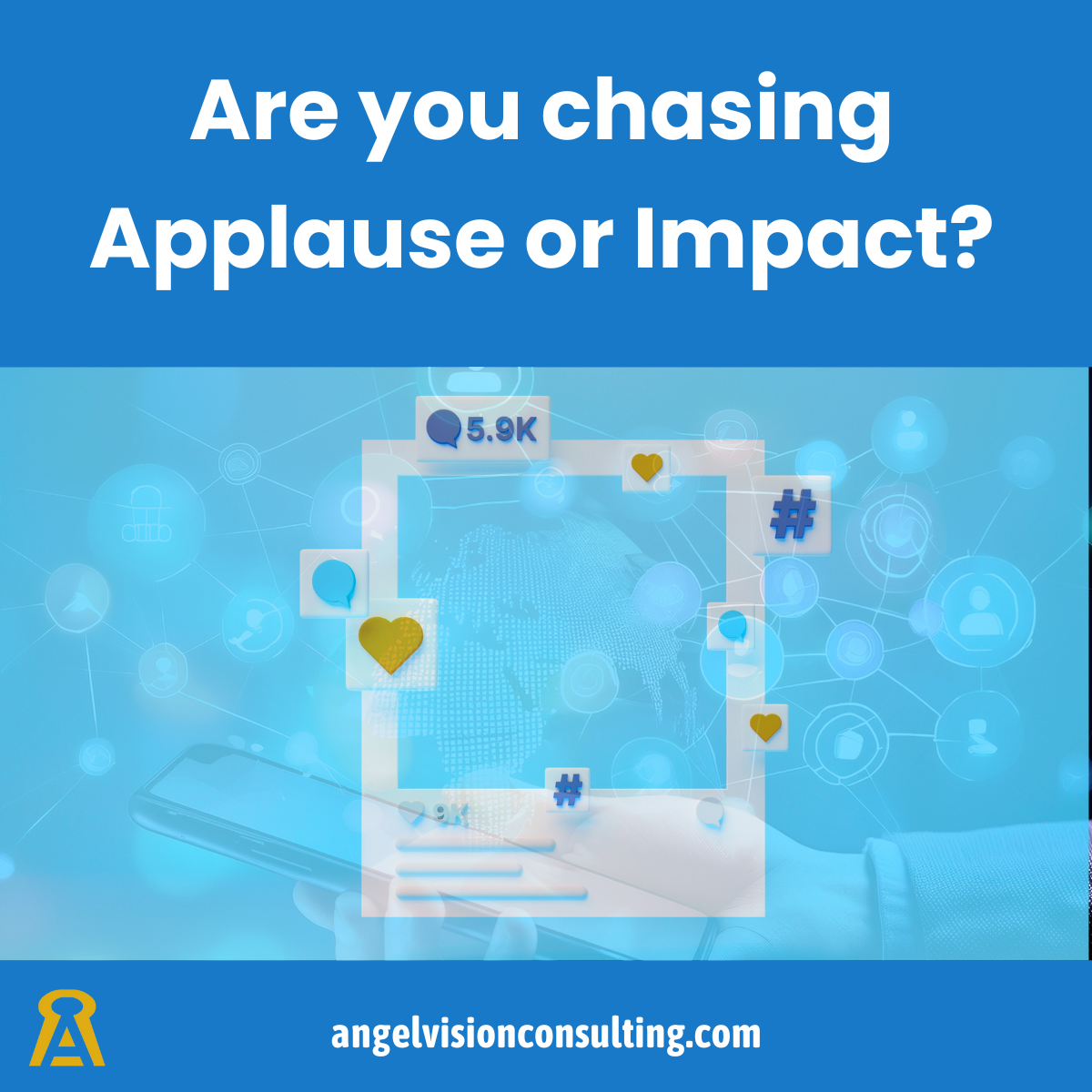Building Trust in Benefits and Financial Services
Trust is the foundation of any successful financial or benefits strategy.

Whether advising employees on health plans, retirement savings, or financial wellness, the ability to communicate clearly and lead with expertise sets everyone up for long-term success.
In an era of information overload, benefits advisors and HR professionals must go beyond simply offering plans—they must educate, guide, and build confidence in their decisions.
This article explores how thought leadership and effective communication strengthen trust, helping employees feel informed, empowered, and financially secure.
Trust is the foundation of any successful financial or benefits strategy
Employees rely on advisors and HR professionals to help them navigate complex healthcare plans, retirement options, and financial wellness programs—but trust isn’t built overnight. It requires transparency, education, and meaningful communication that empowers individuals to make informed decisions.
Misinformation is widespread and financial choices are increasingly complicated. Professionals must step into the role of thought leaders, guiding employees with clear, honest, and actionable insights.
Understanding Trust in Benefits & Financial Services
Trust in financial and benefits services is shaped by three key factors:
- Transparency – Employees want clear, jargon-free explanations about their options. Hidden fees, unclear rules, or misleading benefit structures erode confidence.
- Reliability – A consistent, credible voice builds trust over time. Advisors and HR professionals must be available to answer questions and provide accurate, up-to-date information.
- Education – Many employees underestimate the value of benefits simply because they don’t fully understand them. Proactive education helps them maximize what’s available.
The Role of Thought Leadership in Trust-Building
Being a trusted advisor goes beyond providing summaries and highlighting product features. True thought leadership means:
- Openly offering expertise – Blogs, webinars, and LinkedIn posts that simplify complex topics.
- Engaging in industry conversations – Commenting on trends, policy changes, and innovations.
- Providing proactive solutions before problems arise – Helping employees plan ahead rather than reacting to financial challenges.
Effective Communication Strategies for Trust
- Simplify Complex Concepts – Avoid jargon. Break down information into digestible steps or real-world examples.
- Encourage Interaction and Engagement – Don’t just inform—ask employees what matters to them and personalize responses.
- Leverage Storytelling and Personal Experiences – Employees relate to real experiences more than generic FAQs. Case studies, testimonials, or personal stories make actions more tangible.
- Use Visuals & Technology – Infographics, video, AI-driven chat support, and interactive tools enhance understanding and accessibility.
The Trust-Building Roadmap
Trust in financial and benefits services isn’t built through a single conversation—it’s earned through consistency, education, and proactive leadership.
When benefits professionals and advisors communicate clearly, engage meaningfully, and lead with credibility, employees gain the confidence to make better financial decisions.


